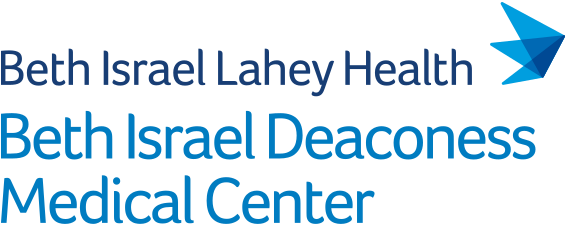BACKGROUND: There has been growing use of intravascular ultrasound (IVUS) during lower extremity arterial and venous revascularization. Observational data suggest that the use of IVUS can improve periprocedural and long-term outcomes, but largescale prospective data remain limited. Consensus opinion regarding the appropriate use of IVUS during peripheral intervention is needed.
OBJECTIVES: The purpose of this consensus document is to provide guidance on the appropriate use of IVUS in various phases of peripheral arterial and venous interventions.
METHODS: A 12-member writing committee was convened to derive consensus regarding the appropriate clinical scenarios for use of peripheral IVUS. The group iteratively created a 72-question survey representing 12 lower extremity arterial interventional scenarios. Separately, a 40-question survey representing 8 iliofemoral venous interventional scenarios was constructed. Clinical scenarios were categorized by interventional phases: preintervention, intraprocedure, and postintervention optimization. Thirty international vascular experts (15 for each survey) anonymously completed the survey instrument. Results were categorized by appropriateness using the median value and disseminated to the voting panel to reevaluate for any disagreement.
RESULTS: Consensus opinion concluded that IVUS use may be appropriate during the preintervention phase for evaluating the etiology of vessel occlusion and plaque morphology in the iliac and femoropopliteal arteries. IVUS was otherwise rated as appropriate during iliac and femoropopliteal revascularization in most other preintervention scenarios, as well as intraprocedural and postprocedural optimization phases. IVUS was rated appropriate in all interventional phases for the tibial arteries. For iliofemoral venous interventions, IVUS was rated as appropriate in all interventional phases.
CONCLUSIONS: Expert consensus can help define clinical procedural scenarios in which peripheral IVUS may have value during lower extremity arterial and venous intervention while additional prospective data are collected.
